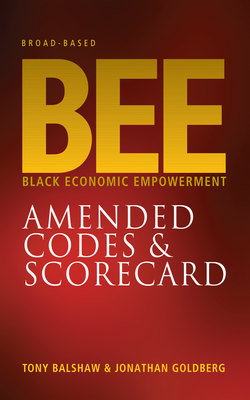Читать книгу Broad-Based BEE - Jonathan Goldberg - Страница 39
На сайте Литреса книга снята с продажи.
GOOD TO GREAT LESSONS IN TRANSFORMATION
ОглавлениеWhy some businesses make the leap and others don’t is addressed in Jim Collins’s book Good to Great. Some of his messages, relevant in the context of broad-based BEE transformation, are:
•Good-to-great transformations often look like dramatic, revolutionary events to those observing from the outside, but they feel like organic, cumulative processes to people on the inside. They never happen in one fell swoop.
•In a good-to-great transformation, people are not your most important asset – the right people are.
•Begin the transformation by first getting the right people on the bus (and the wrong people off the bus) and then figure out where to drive it. When in doubt, don’t hire – keep looking.
•Good-to-great management teams consist of people who debate vigorously in search of the best answers, yet who unify behind decisions, regardless of parochial interests.
•When you combine a culture of discipline with an ethic of entrepreneurship, you get a magical alchemy of great performance.
•There is no single defining action, no grand programme or killer innovation, no solitary lucky break, no miracle moment. The process resembles relentlessly pushing a giant flywheel in one direction, turn upon turn building momentum until a point of breakthrough is reached, and beyond. This underscores the notion that broad-based BEE is a process not an overnight event. There is no silver bullet.
•Those who failed to transform tried to skip build-up and jumped immediately to breakthrough.
•It is interesting to note that the good-to-great leaders spent essentially no energy trying to “create alignment or manage change”. Under the right conditions, the problems of commitment, alignment, motivation and change largely take care of themselves. Alignment principally follows from results and momentum, not the other way round.
